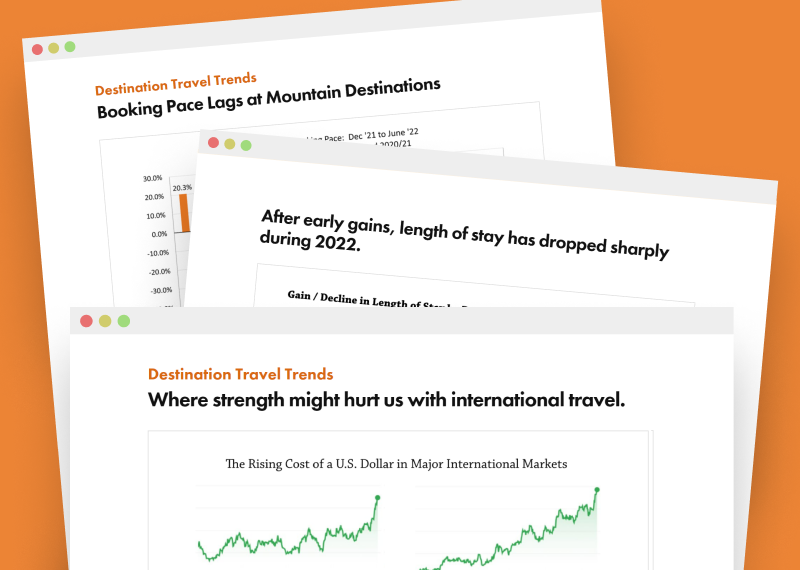

 Tyler Maynard
Tyler Maynard
In Part 2 of our series, we discussed market conditions that can affect your decision making. If you’ve researched those factors, you’re ready to take that information and put it into action. But exactly how do you do that? Read on to learn how to build a forecast with that information.
Why Is Forecasting Important?
Forecasting revenue is critical in any business model. It allows you to provide key stakeholders the information they need to make important business decisions. Accuracy is essential as you cannot make a good decision using bad information.
In addition, forecasting allows operation teams the opportunity to take any corrective actions based on changes in the levels of anticipated business. This would include bringing more staff on-board if business is forecasted to be greater, reducing staff if revenue is less than expected.
Forecasting provides Sales and Marketing teams opportunities to strategize and attack holes in the business throughout the year. If business was budgeted to be strong for a certain period, and the result is coming up short of expectations, your Sales and Marketing team can proactively deploy campaigns to fill the periods of need, thus increasing the opportunity to bring in revenue.
How Do You Forecast?
Traditionally, the best way to forecast future revenue opportunities is by analyzing the business you have on the books against your historical data/competitive set and anticipate the business you will pick up for the period you are forecasting for. This should incorporate items outlined in Part 2, such as climate, weather, demand, reputation, etc. (In the case of many of our partners, forecasting revenue has a very strong relationship with weather and demand.)
In short, gather as much data as possible to conduct an in-depth analysis: business on the books, booking lead times, utilization of advanced booking discounts, package sales break downs, length-of-stay specials, price point positioning of your competitive set, etc. Take that data, run it against your historical data, and begin to formulate your forecast based on that analysis. This will also be the time to formulate your strategy for marketing and revenue production. Since you will be immersed in your business’ financial needs, you can review what you need to do to meet expectations.
Are Forecasting and Budgeting the Same Thing?
No, they are not. Fortunately (and unfortunately), unforeseen circumstances occur which cause businesses to change strategy during a budgeted operating year. Forecasting allows you to manage expectations related to the budget. It also gives your business the opportunity to make changes to meet budgetary expectations. Again, forecast accuracy is vital. Be sure to immediately communicate any changes or updates in the forecast so that everyone is informed and prepared. As with anything, over-communicating your forecasted revenue (whether good or bad) is better than no communication!
How Do You Put Your Forecasting Data to Work for You?
This varies by business model, but the general themes remain the same. If forecasts show more business than expected, it allows your business to manage its resources to best accommodate the growth. This also creates an environment whereby your business can yield rates up to maximize revenues. As mentioned in Part 2, creating a “demand calendar” allows you to forecast future revenue results based upon the traditional demand for a set of dates. Prioritizing the high-demand time periods by increasing price points lets you best maximize forecast values as well as revenue expectations.
If there is only one thing to take away from this series, it would be to CREATE A DEMAND CALENDAR/FORECAST. This will help you easily visualize your business’ booking patterns, demand patterns, and locate dates to optimize rate growth.
You may be thinking that creating an accurate forecast is an impossible task. While it’s a challenging exercise, it’s a necessary one. As you accumulate the data to support your forecast, you will create a stronger foundation in which to drive your business and more easily identify opportunities to manage your pricing to achieve better revenue production. In our next post, we’ll focus on strategies and processes.
Read our other Revenue Management Series blog posts here:
Revenue Management, Part 1: The Basics
Revenue Management, Part 2: Market Conditions and the Impact on Decision Making
Have a question? Just ask.

Tyler Maynard
SVP of Business Development
Ski / Golf / Destination Research
Schedule a Call with Tyler→

Doug Kellogg
Director of Business Development
Hospitality / Attractions
Schedule a Call with Doug→
If you're a current Inntopia customer, contact support directly for the quickest response →
Request Demo
A member of our team will get back to you ASAP to schedule a convenient time.



